What is Piriformis Syndrome?
Piriformis syndrome is a common but often overlooked cause of buttock and leg pain, affecting an estimated 6% of patients diagnosed with sciatica. It occurs when the piriformis muscle, located deep in the buttock, compresses or irritates the sciatic nerve. This can cause symptoms similar to sciatica, including shooting pain, numbness, and tingling down the leg. Incorporating piriformis syndrome exercises into your daily routine can effectively strengthen and stretch the muscle, reducing symptoms and preventing future flare-ups.
I’ve experienced piriformis syndrome multiple times, once waking in the night thinking I’d been stung by a scorpion—scaring my wife to no end—only to discover it was a piriformis spasm. Another time, I got out of bed in the morning and suddenly felt as if I had been stabbed in the buttock with a knife, followed by a foot drop. Thanks to skilled physical therapists and a regimen of piriformis syndrome exercises and piriformis syndrome stretches, I was able to achieve significant relief and recover fully.
Causes of Piriformis Syndrome
Understanding the factors that contribute to piriformis syndrome is essential for both prevention and effective treatment. Addressing these root causes can help minimize symptoms and reduce the risk of recurrence. Piriformis syndrome can develop from several factors, including:
- Muscle Overuse – Repetitive activities like running, cycling, or prolonged sitting can overwork the piriformis muscle, leading to spasms and nerve compression. Sitting for long periods, especially on hard surfaces or in deep bucket-style seats, can increase pressure on the piriformis muscle. Chairs that lack proper lumbar support or force the hips into an excessively flexed position, such as recliners and overly soft couches, can also contribute to muscle strain and aggravate symptoms.
- Trauma or Injury – A fall on the buttocks, direct trauma, or muscle strain can inflame the piriformis muscle.
- Poor Posture and Muscle Imbalances – Weak or tight hip muscles can contribute to dysfunction in the piriformis. Sitting with improper posture, such as slouching or crossing legs for extended periods, can exacerbate muscle imbalances. Additionally, an imbalance between the hip flexors and glutes can place excess strain on the piriformis, leading to tightness and discomfort. Addressing these issues through proper ergonomics and targeted strengthening exercises can help prevent and alleviate symptoms.
- Anatomical Variations – In some individuals, the sciatic nerve splits and runs both through the piriformis and beneath it, increasing the likelihood of compression. This anatomical variation is present in approximately 15% of the population, making it a notable risk factor for piriformis syndrome.
Piriformis Syndrome and Its Relationship to Sciatica
Piriformis syndrome is sometimes mistaken for sciatica because both conditions cause radiating leg pain. However, true sciatica is caused by a herniated disc or spinal stenosis compressing the nerve roots in the lower back, whereas piriformis syndrome results from muscle-related compression of the sciatic nerve outside the spine.
Preventing Piriformis Syndrome
To reduce the risk of piriformis syndrome, consider these tips:
- Maintain Good Posture – Sit with proper lumbar support and avoid prolonged sitting.
- Stay Active – Regular movement and stretching prevent muscle imbalances.
- Strengthen the Hips and Glutes – Stronger surrounding muscles help stabilize the piriformis.
- Warm Up Before Exercise – Avoid straining cold muscles.
- Avoid Overuse – Listen to your body and take breaks when needed.
By incorporating these habits early on, you can help prevent piriformis syndrome before it starts. Now, let’s look at some of the best exercises and stretches to relieve existing symptoms.
Piriformis Syndrome Exercises and Stretches for Relief
Performing the right exercises and stretches can help both loosen and strengthen the piriformis. Ideally, these exercises should be performed daily or at least three to four times per week to achieve the best results, reducing muscle tightness and preventing nerve compression. Below are some of the most effective exercises and piriformis syndrome stretches for relief.
Sitting Piriformis Stretch
- Sit with one leg crossed over the other.
- Hug your knee toward your chest and gently pull it toward the opposite shoulder.
- Hold for 30 seconds, then switch sides.
- Repeat 3 times per side.
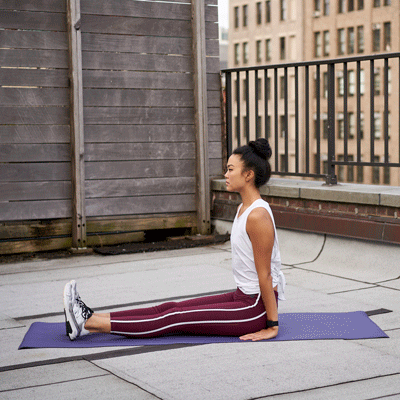
Figure-Four Stretch
- Lie on your back with both knees bent.
- Cross one ankle over the opposite knee.
- Grab the back of your thigh and gently pull it toward your chest.
- Hold for 30 seconds, then switch sides.
- Repeat 3 times per side.
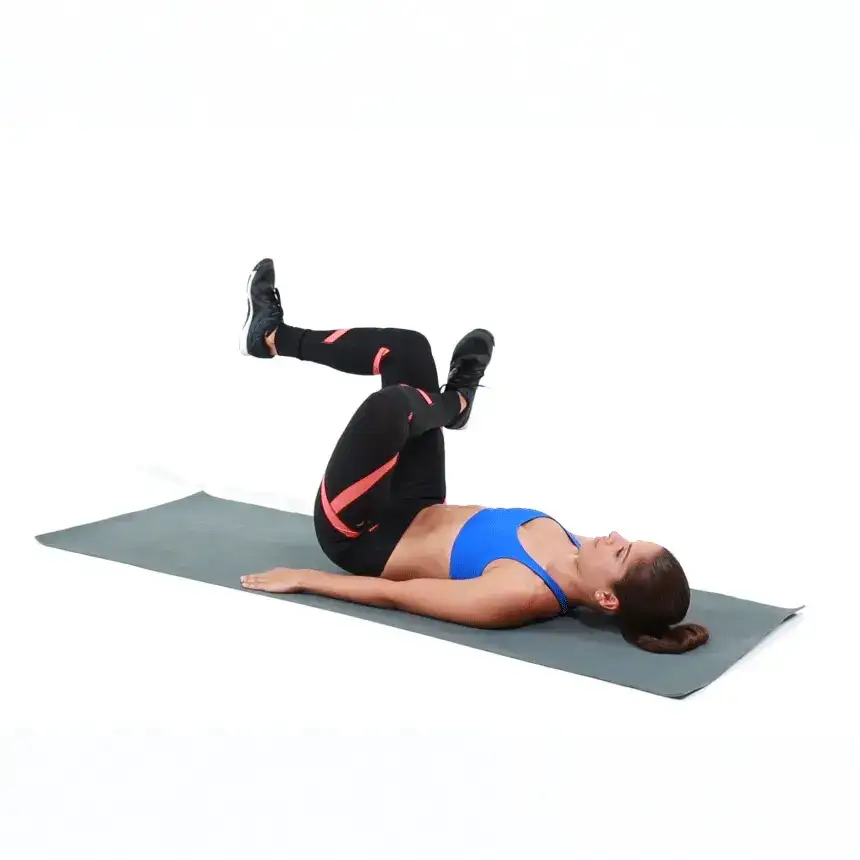
Seated Piriformis Stretch
- Sit with your feet flat on the floor.
- Cross one leg over the other, placing your ankle on your opposite knee.
- Lean forward gently, keeping your back straight.
- Hold for 30 seconds, then switch sides.
- Repeat 3 times per side.
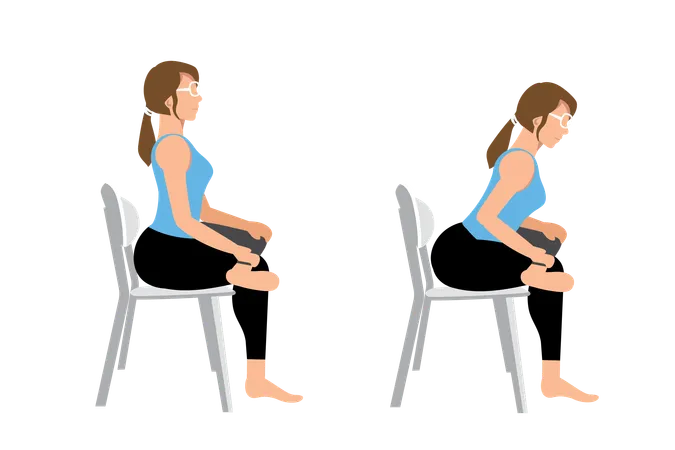
Clamshell Exercise
- Lie on your side with knees bent at 90 degrees.
- Keep feet together and lift the top knee while keeping your feet in contact.
- Lower slowly and repeat 15 times per side.
- As you progress, use a Theraband around your legs for added resistance.
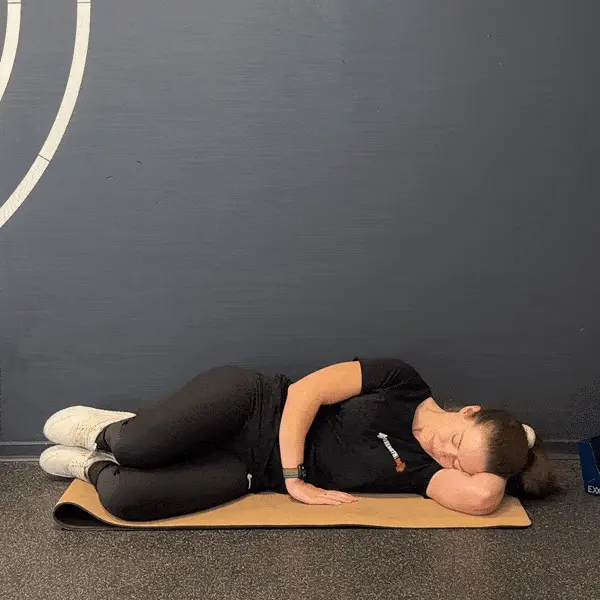
Hip Bridges
- Lie on your back with knees bent and feet flat.
- Lift your hips toward the ceiling, squeezing your glutes.
- Hold for a few seconds, then lower slowly.
- Repeat 15 times.
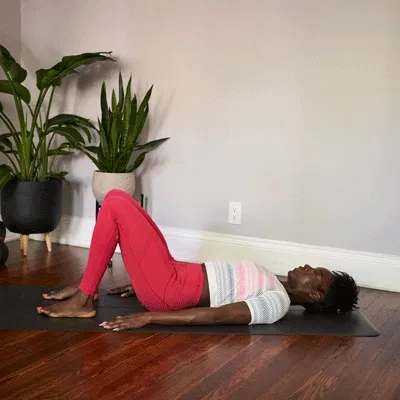
Foam Rolling the Piriformis
- Sit on a foam roller with one ankle crossed over the opposite knee.
- Roll back and forth slowly over the affected side.
- Spend at least 30 seconds on each side.
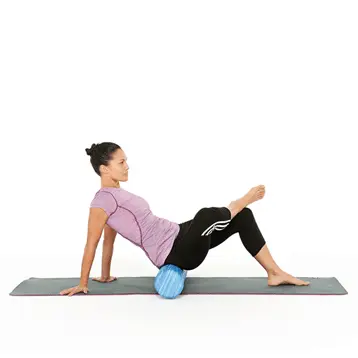
Conclusion
Piriformis syndrome can be painful and disruptive, but with the right exercises and stretches, relief is possible. If you’re experiencing symptoms, incorporating these piriformis syndrome exercises and piriformis syndrome stretches into your daily routine can help alleviate pain and prevent future episodes. As someone who has personally dealt with this pain, I can attest to the power of these exercises in achieving piriformis syndrome relief.
If your symptoms persist or worsen for more than a few weeks, consult a medical professional for further evaluation. Some individuals may require medications to manage their pain effectively. In more severe cases, ultrasound-guided piriformis injections can provide targeted relief by reducing inflammation and relaxing the muscle. If you’re struggling with persistent pain, reach out to Red Butte Pain Solutions at 602-633-4334 to explore the best treatment options for your condition.
